A Simple Lawn Watering Guide for Indian Gardeners
Previous PostA lush beautiful lawn right in front of your house is a dream for many of us. A place where your little ones can learn to ride bicycles, while you sip tea next to your thriving garden.
The image alone is enough to make you want to move to a suburban area. While maintaining a lawn may have its own set of challenges, it’s not something you can not manage with a few tips and tricks.
One of the most important factors in maintaining a green lawn is proper watering. Watering your lawn may seem simple, but doing it incorrectly can lead to dry, patchy grass or root rot. The right watering method not only keeps your lawn green and lush, but also supports healthy root growth, saves water, and reduces pest and disease problems.
Let us walk you through the best times to water, how much water different lawn stages need, and smart ways to conserve water while keeping your lawn in top condition.
How to Tell If Your Lawn Is Overwatered or Under watered

Understanding the signs of watering mistakes is key to maintaining a thriving lawn. Here’s a quick comparison:
| S.No | Underwatered Lawn | Overwatered Lawn |
|---|---|---|
| 1 | Grass blades turn brown or yellow | Grass feels squishy or waterlogged |
| 2 | Soil is hard and dry to touch | Fungal growth like mushrooms appears |
| 3 | Grass wilts and looks weak | Lawn develops a thatch layer |
| 4 | Slow grass growth | Yellowing grass despite regular watering |
| 5 | Bare, patchy spots across the lawn | Presence of pests like lawn grubs |
| 6 | Footprints stay visible on the grass | Shallow root systems |
When and How Long to Water Your Lawn

For a Newly Seeded Lawn
Newly seeded lawns need daily, gentle watering to keep the soil consistently moist. Water lightly in the morning and again in the evening if needed. Avoid puddles or strong sprays, as they can dislodge seeds. A light misting for 5–10 minutes twice a day works best during early growth.
For a Young, Growing Lawn
Once the seeds have germinated and young shoots appear, reduce watering to once a day. Aim for deeper watering sessions of about 15–20 minutes. This helps encourage the roots to grow deeper into the soil, making the lawn stronger and more resilient.
For an Established Lawn
A well-established lawn needs watering only 2–3 times a week, depending on the season and local climate. Water early in the morning for 20–30 minutes to allow moisture to soak into the root zone and avoid evaporation. Deep watering is better than frequent shallow watering.
Easy and Effective Ways to Water Your Lawn
Hand Watering

Ideal for small lawns or touch-up watering. Use a hose with a spray nozzle to control the water pressure. This method gives you full control but can be time-consuming for larger areas.
Sprinklers

Perfect for medium to large lawns. Sprinklers distribute water evenly and can be set on a timer. Choose a rotating or oscillating model for even coverage and place it early in the day to avoid evaporation.
Drip Irrigation

While not common for lawns, drip irrigation can be adapted for grass areas using inline drip systems. It delivers water directly to the roots, reduces water wastage, and avoids fungal diseases caused by wet foliage.
Sustainable Watering Tips for a Healthy Lawn

- Water Early: Water between 6–9 am to reduce evaporation and fungal problems.
- Mulch Around Lawn Edges: Helps retain moisture and keep weeds down.
- Use a Rain Gauge or Soil Moisture Meter: Check how much water your lawn is actually getting.
- Mow High: Taller grass shades the soil and reduces water loss. Hence, it is advisable to keep the grass at least an inch above the soil surface.
- Fix Leaks in Hoses and Sprinklers: Even small drips can waste litres of water a day.
- Choose Seasonal Grass Varieties: Growing the right variety of grass during the right season can make all the difference.
We hope you have a great time creating and rejoicing in your lawns. Happy gardening!




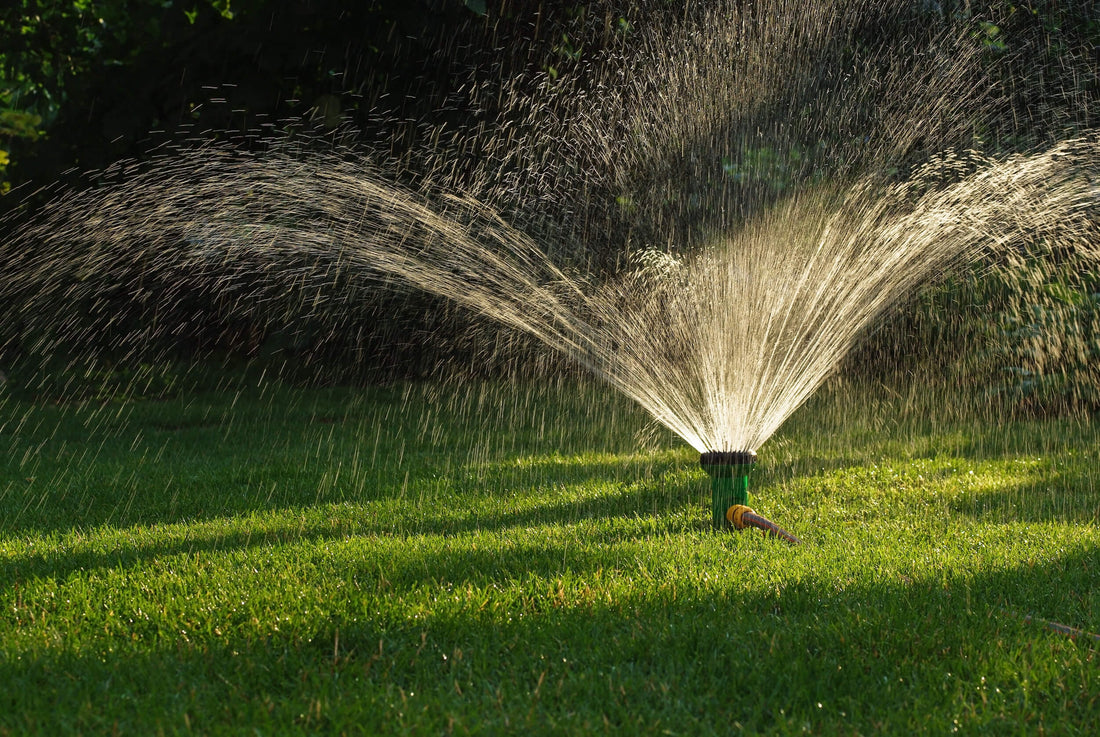
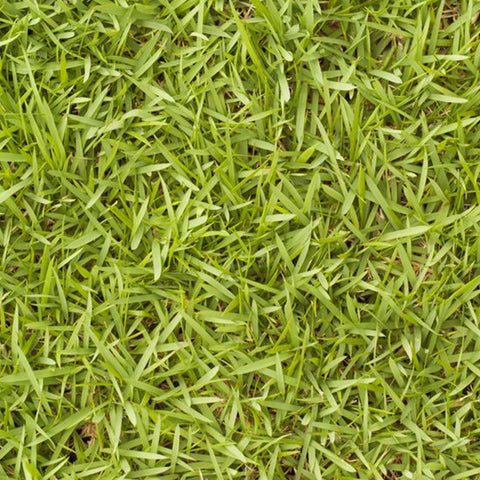
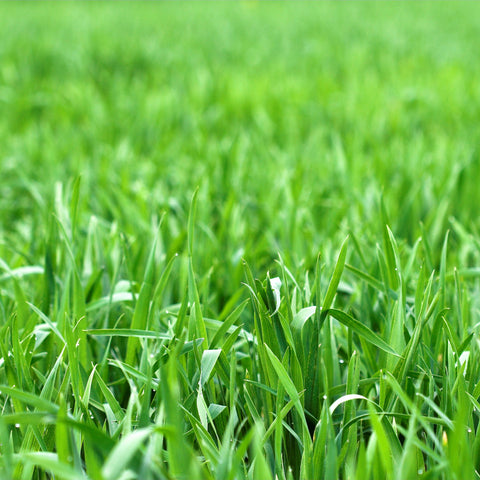
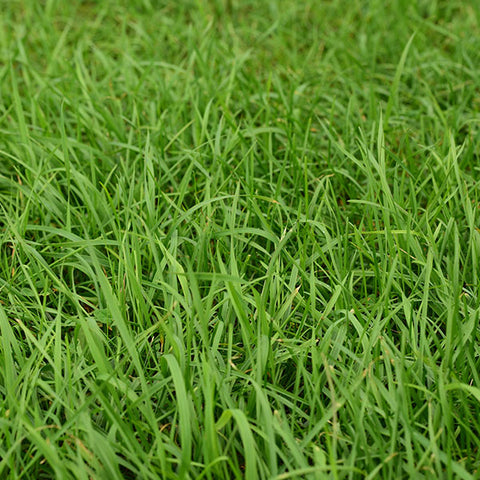
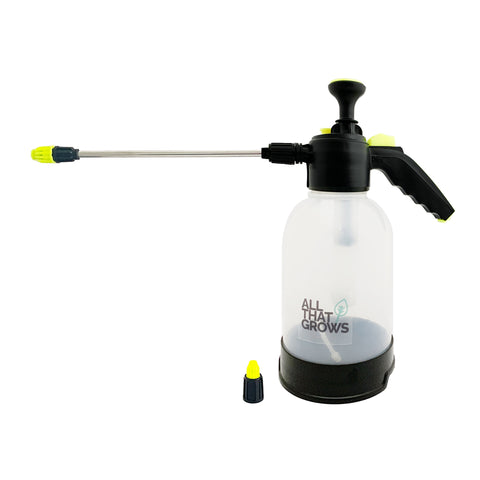
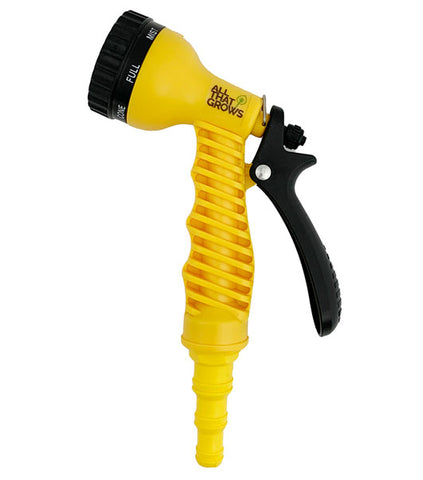
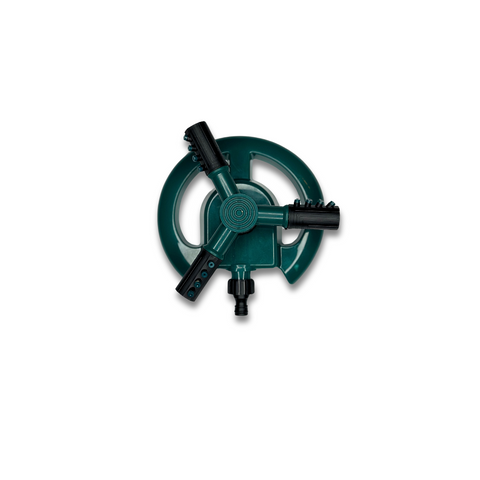


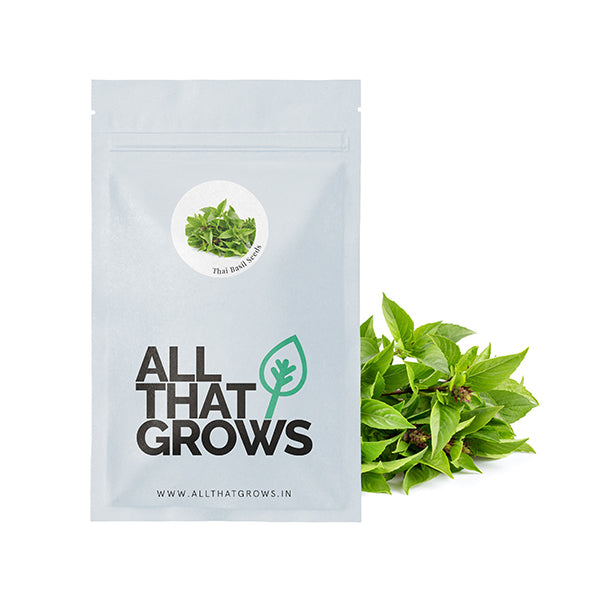



Leave a comment